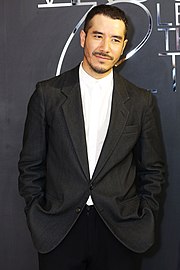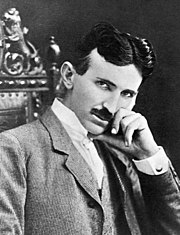Design
Design
Personality
Chart Properties
Your Cross represents the specific theme of your life. This cross embodies your unique potential & the lessons you're here to learn, providing a roadmap to fulfilling your life purpose.
We use the UTC birth time and date to do the calculations required to generate your Human Design chart.
Buy Tokens
Pay as you use, no expiry and no subscription required.Prompt Ideas
Get inspired with some epic prompt ideas.Giacomo Puccini's Biography
Italian opera composer of bold and dramatic harmonies, creator of the famous “Madame Butterfly” which he composed in 1904. While he seldom pleased the critics of his day, he was enormously popular with the public and his beloved scores lived long after his lifetime.
Puccini was not a child prodigy, but descended from a long line of musicians, conductors and composers. His father died when he was five, on 18 February 1864, and he became heir to the position of choir master and organist at a local church and professor of music at Collegio Ponziano. However, he fell under the spell of opera, and never pursued these positions. He showed musical talent early, and began playing the organ at age 14. Two years later, he was composing religious music and studying at a local conservatory in Milan, the latter made possible from a stipend of a wealthy great-uncle and a scholarship from Queen Margherita. He produced his first stage work, “La Villi,” in 1883 which brought him attention among some of opera’s more influential people. He became a major success after this. The opera “Manon Lescaut,” which premiered in February 1893, marked the start of his mature style and helped establish him as artistic successor to Maestro Giuseppi Verdi. His next three works were his most famous: “La Boheme,” 1896, “Tosca,” 1900 and “Madame Butterfly,” 1904.
He had an interesting personal style, being fond of hunting, mechanical devices of any kind, collector of cars and motor boats and acquiring houses.
His wife, the former Elvira Gemignani, was extremely jealous. She had been his mistress for 20 years while married to another man. He had a son by her in 1886. They married in 1904 after her husband’s death but she was said to be a “pathologically invasive woman.” In 1908, she accused a housemaid of being Puccini’s lover, which eventually drove the woman to suicide. Elvira was jailed for five months and the couple separated, but later reconciled.
In late October 1924, Puccini’s throat began causing problems. When he sought medical help, it was discovered that he had cancer of the throat with the only hope at the time being radium treatment. On 4 November 1929, he left for treatment in Brussels, taking with him 36 pages of “Turandot,” which he was orchestrating. Bleeding on the train from the nose and mouth, he arrived in Brussels where a biopsy confirmed the original diagnosis. On 20 November 1924, Puccini was prepared for surgery to halt the rapidly spreading cancer. The surgery was performed without anesthesia because of his heart. The subsequent radiation proved too much for his weak heart, and he died around 4:00 AM on 29 November 1924, aged 65.
Link to Wikipedia biography
Your Cross represents the specific theme of your life. This cross embodies your unique potential & the lessons you're here to learn, providing a roadmap to fulfilling your life purpose.
We use the UTC birth time and date to do the calculations required to generate your Human Design chart.
Prompt Ideas
Get inspired with some epic prompt ideas.

Marco Castro
4/6 Emotional - Solar Plexus ManifestorMara Patricia Casta¤eda
1/3 Emotional - Solar Plexus Manifesting Generator

Nikola Tesla
3/5 Emotional - Solar Plexus ManifestorJo Le Guen
5/1 Sacral Manifesting Generator





